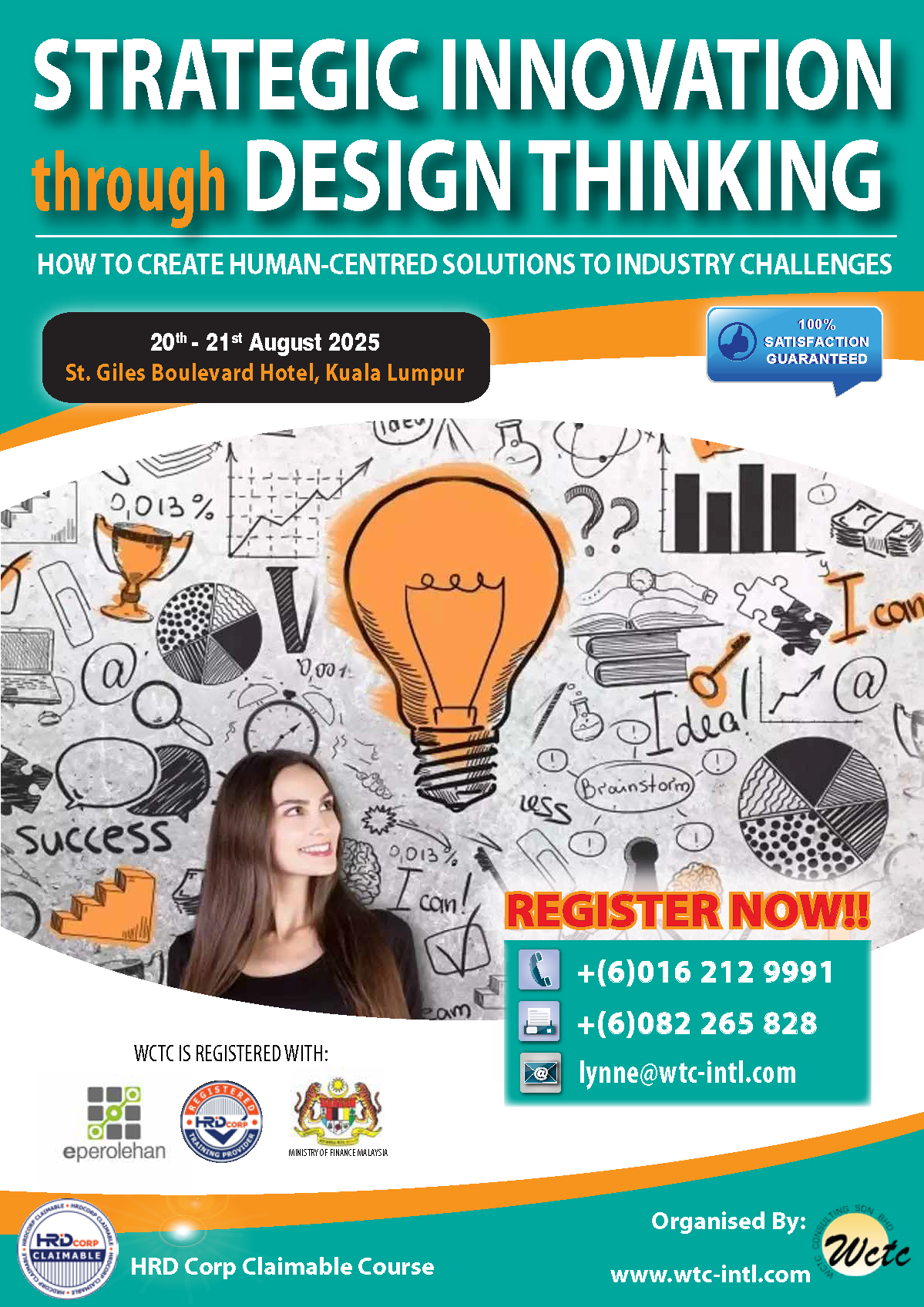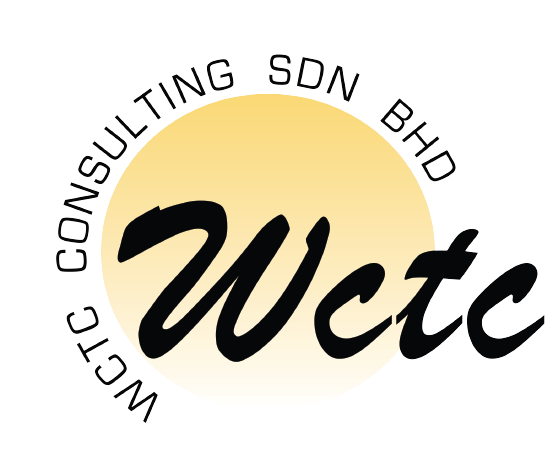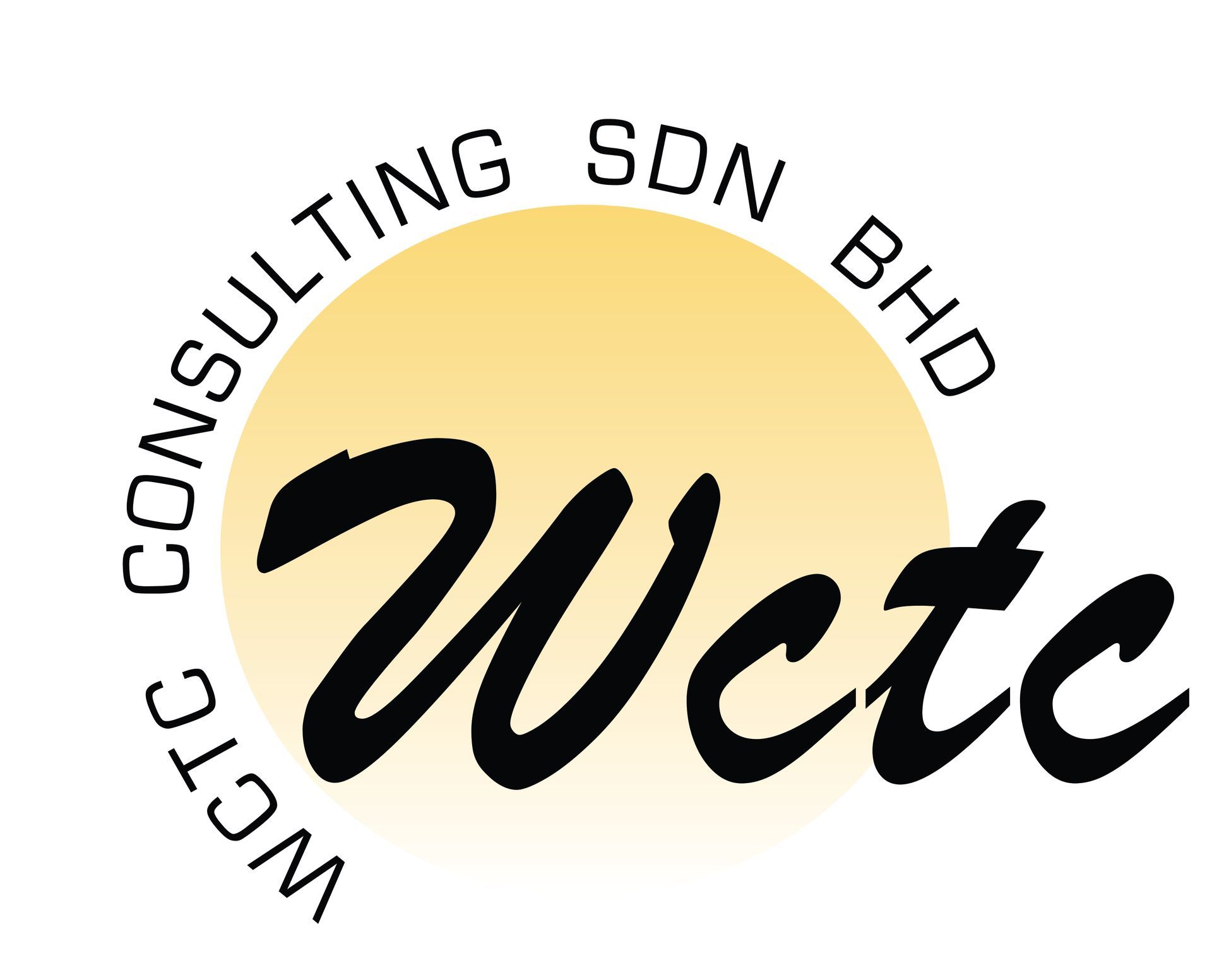OVERVIEW
Over the past decade, Design Thinking has moved from the realm of design and UX to mainstream terminology in offices around the world, yet many still struggle to utilize it effectively to generate better user-centric solutions.
Design Thinking is a human-centered approach to problem-solving and strategic innovation. It focuses on the needs, expectations and emotional insights of users, allowing teams to research and design solutions that truly resonate with human centric approach. This approach emphasizes an iterative cycle of learning, ideation and validation, starting with the discovery of user needs and creating solutions to meet them. It thrives in the ambiguous space of product innovation, where a clear solution is not readily apparent, and the user problem may not yet be fully defined. Hence, design thinking stages can create solutions that are deeply human-centric, ensuring they meet real needs and enhance user experiences effectively.
Mastering the Four Stages
Empathize, Define, Ideate, Prototype
Empathize: Engage in exercises to understand users’ needs and insights.
Define: Accurately articulate the challenges with focused approach to innovation.
Ideate: Generate a range of innovative solutions through creative brainstorming techniques.
Prototype: Participate in an Action Learning Project to apply these skills driving innovation with a human-centered approach.
By the end of the training, participants will gain a deep understanding of these core procedures, features and methodologies, setting a strong foundation for innovative problem-solving and work improvement.
JOIN US for a tailored 2-day training modules designed for professionals who want immerse themselves in a hands-on learning experience that focuses on understanding, applying, and mastering the four key stages of Design Thinking: Empathize, Define, Ideate, Prototype.
PROGRAM HIGHLIGHTS
- UNDERSTAND The Key Procedures Or Tools Involved In Design Thinking
- INVOLVE With Hands-On Learning Experience, For Innovative Application And For Identifying New Opportunities
- LEARN The Main Features, Principles And Methodologies Of Design Thinking As An Approach For Innovation And Work Improvement
- LEARN How Design Thinking Can Help Solve Workplace Challenges
- APPLY Design Thinking And Its Methodologies To Workplace Challenges
- RECEIVE Templates And Frameworks That Can Be Used Back In The Office
- INCREASE Awareness How To Lead And Participate In Engaging Ideation Sessions
- WORK With Peers To Solve Real Challenges Or “Problem Statement” Using Your New Skills
- GENERATE Awareness Of The Benefits That Design Thinking Will Bring To Your Organization
- EQUIP You With A Methodology To Put Design Thinking Into Action
- PARTICIPATE In An Action Learning Project (ALP) To Apply The Learning In Your Professional Context

Other Workshops:




